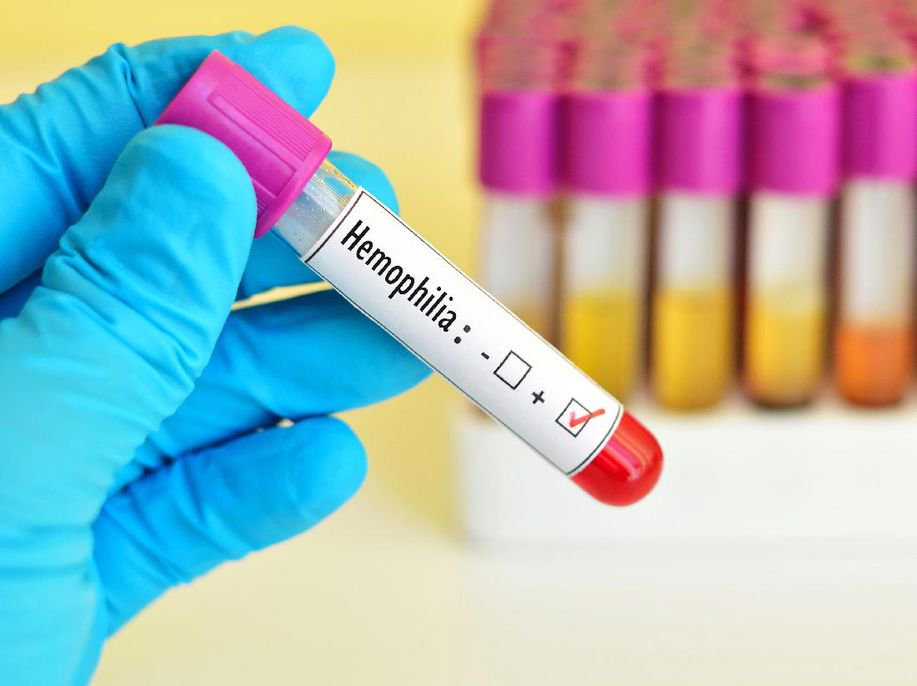ABSTRACT
Introduction: Replacement of the missing clotting factor is the mainstay of hemophilia treatment. Whilst historically many hemophilia patients were infected with blood-borne viruses transmitted via plasma-derived products, nowadays the formation of alloantibodies against the missing clotting factor is the main adverse event of treatment.
Areas covered: This paper provides an overview of the current national and international adverse event reporting systems, what these surveillance schemes taught us about side effects of the products presently in use, and elaborates on how to adapt these systems to the challenges we face with the changing treatment landscape.
Expert commentary: Treatment of inherited bleeding disorders was accompanied by severe complications in the past, resulting in major morbidity and mortality. Current products are much safer, but still require monitoring via efficient safety surveillance systems. Adverse events are reported in national and international systems. With many new products entering the market, as well as non-factor replacement therapies, new safety issues may arise. It is important to identify potential adverse events early by making surveillance systems suitable to pick up unknown or unexpected effects, and to recognize and communicate patterns of adverse events rapidly.
Expert Rev Hematol. 2016 Dec 26:1-8. doi: 10.1080/17474086.2017.1272410.
Review
The current state of adverse event reporting in hemophilia
Lize F.D. van Vulpen Sheffield Haemophilia and Thrombosis Centre, Royal Hallamshire Hospital, Sheffield, UK; Van Creveldkliniek, University Medical Center Utrecht, Utrecht, The Netherlands, Giorgia Saccullo Sheffield Haemophilia and Thrombosis Centre, Royal Hallamshire Hospital, Sheffield, UK, Alfonso Iorio Department of Clinical Epidemiology and Biostatistics, McMaster University, Hamilton, ON, Canada & Michael Makris



